Fog transforms ordinary landscapes into mysterious dreamscapes, turning familiar streets into something from another world. While some residents might complain about the reduced visibility, certain towns have embraced their misty microclimate as part of their identity and charm.
Here is a list of 16 towns across America where rolling fog creates unforgettable atmospheres and memorable experiences.
Mendocino, California
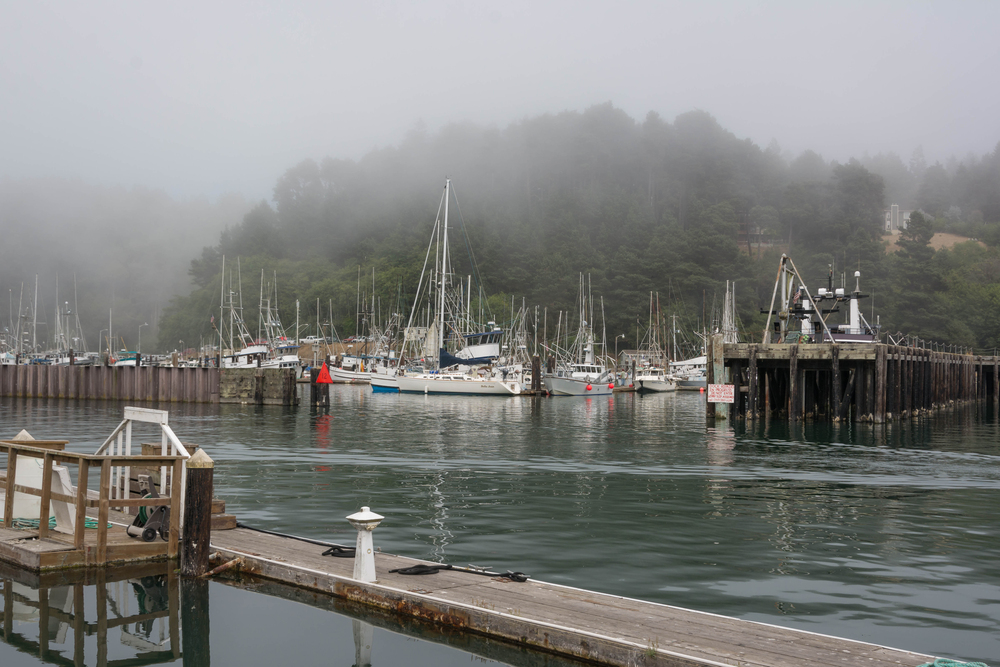
Perched on dramatic cliffs above the Pacific, this artist colony experiences fog so reliably that locals have developed a calendar around it. Summer brings daily performances as massive fog banks roll in from the ocean around mid-afternoon, enveloping the Victorian buildings in a soft gauze that photographers travel miles to capture. The unique light conditions created by the interplay of sun and fog have attracted painters for generations, establishing the town as a renowned art destination.
Coastal redwoods surrounding the town have evolved to collect moisture directly from fog through their needles, demonstrating nature’s adaptation to this microclimate. Visitors strolling the headlands often experience the surreal sensation of standing in the sunshine while watching fog flow beneath their feet like a slow-motion waterfall into the coves below.
Point Reyes Station, California

Located where Tomales Bay meets the Pacific Ocean, this small town experiences dramatic fog patterns that change by the hour as inland heat pulls marine layers through the peninsula. Dairy farms dot the surrounding hills, where Jersey cows produce exceptional milk and cheese, their productivity linked to the cool, moist microclimate created by regular fog patterns. The Point Reyes Lighthouse stands as one of the foggiest spots in North America, recording an average of 2,700 annual hours of fog and requiring a lower altitude than typical for lighthouses to remain visible to ships.
Local restaurants serve seasonal cuisine emphasizing the connection between the oceanic fog and the uniquely flavorful produce grown in this transitional climate zone. Morning kayakers often paddle through ethereal conditions where water and air blend seamlessly, creating the sensation of floating through clouds.
Like Travel Pug’s content? Follow us on MSN.
Arcata, California
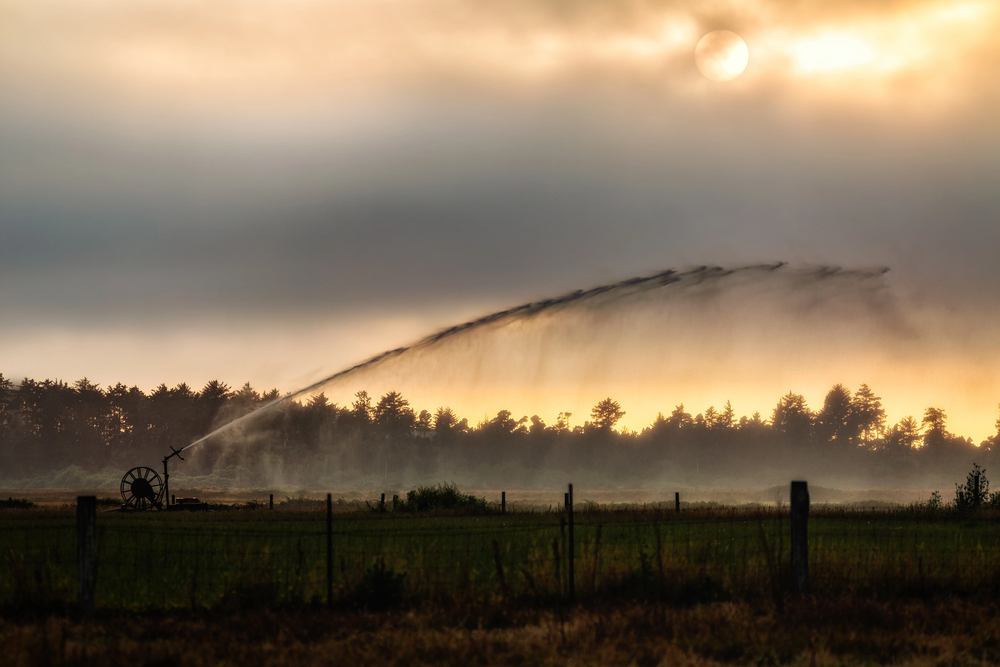
Home to Humboldt State University, this northern California town sees its iconic plaza disappear into thick fog banks that roll in from Humboldt Bay with surprising speed. The community has embraced fog as fundamental to its identity, with local breweries naming beers after the phenomenon and artists capturing its ephemeral quality in photographs and paintings. Redwood trees throughout town have evolved special adaptations to capture moisture directly from fog through their needles, collecting water that eventually drips to hydrate the entire forest ecosystem.
The Arcata Marsh combines fog-shrouded walking trails with an innovative wastewater treatment system, creating a critical habitat for over 300 bird species. Students sometimes navigate to morning classes solely by sound when visibility drops to mere feet, creating a uniquely sensory campus experience.
Tillamook, Oregon
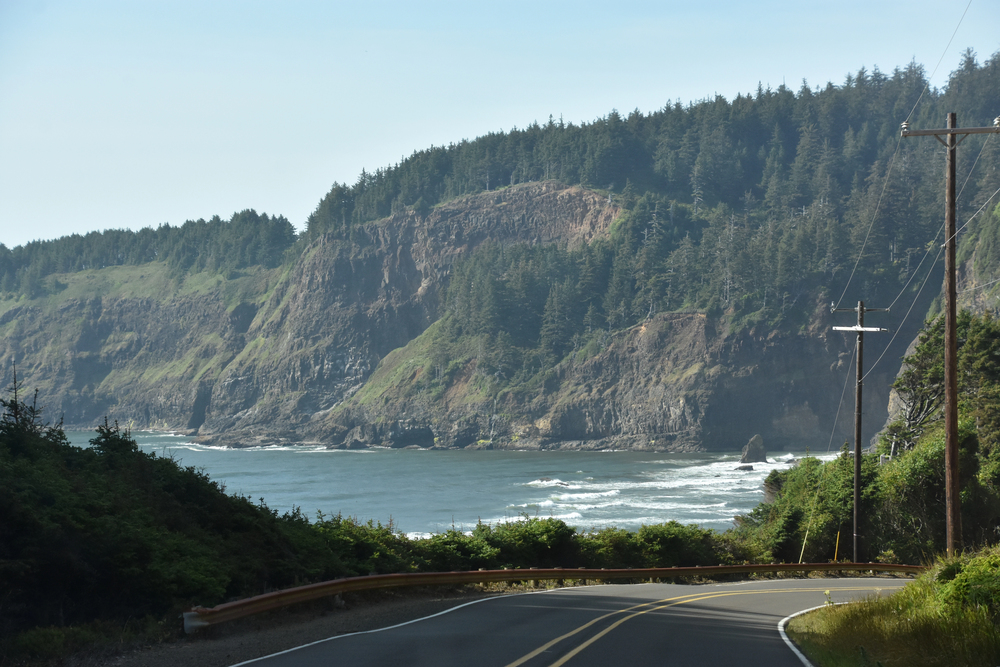
This dairy town tucked between Oregon’s Coast Range and the Pacific experiences such persistent fog that locals joke about growing webbed feet. The region’s famous cheese production benefits from the natural air conditioning effect of coastal fog, creating ideal conditions for dairy herds that produce milk with distinctive flavor profiles shaped by the local terroir.
Morning drives along nearby coastal highways offer unforgettable experiences as fog creates the illusion of floating above clouds while ancient forests emerge like islands from the mist. The phenomenon occurs when warm inland air meets the cold Pacific current, creating a temperature differential that condenses atmospheric moisture into the characteristic thick blanket. Visitors often comment that the fog adds a magical quality to the surrounding landscape, softening the boundaries between forest, field, and sky.
Astoria, Oregon
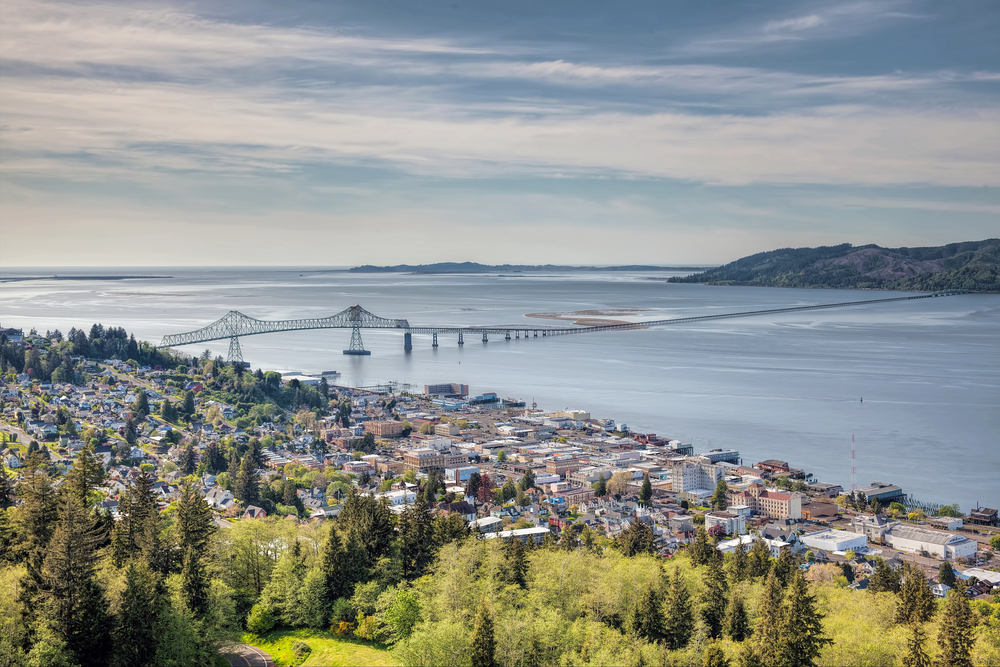
Positioned where the Columbia River meets the Pacific Ocean, this historic port town experiences dramatic fog patterns that complement its Victorian architecture and maritime heritage. The iconic Astoria Column often appears as a mysterious tower rising above a sea of clouds when viewed from higher elevations on foggy mornings.
Film directors have repeatedly chosen Astoria for atmospheric productions, with the natural fog providing perfect backdrops for movies like “The Goonies” and “Kindergarten Cop.” Local fishermen have developed intricate knowledge of how fog patterns affect fish behavior, adjusting their techniques based on the type and density of fog present. The maritime museum offers exhibits explaining the crucial role fog played in the area’s shipping history, including stories of dramatic shipwrecks caused by disorientation in dense fog banks.
Like Travel Pug’s content? Follow us on MSN.
Moose, Wyoming
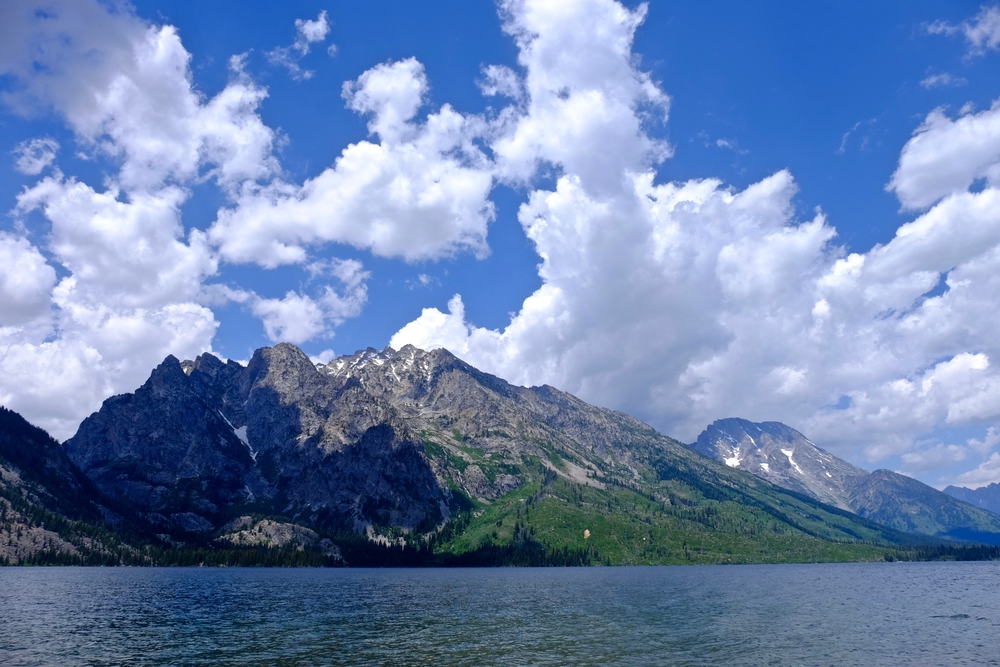
Sitting in a valley beneath the Teton Range, this tiny community experiences dramatic morning fog that creates the perfect setting for watching wildlife emerge from the mist. The Snake River generates ground fog that flows across meadows where moose, elk, and bison graze, creating otherworldly scenes as animals appear and disappear through the shifting vapor. Photographers line the riverbanks before dawn, waiting for the moment when first light illuminates the fog from above while mountain peaks remain clear against the sky.
Local ranchers use fog patterns to predict weather conditions; their forecasting methods draw on generations of observation passed down through families. Mornings bring the phenomenon known as “fog pillars” when shafts of sunlight pierce through breaks in the mist, creating light beams that seem solid enough to touch.
Grand Marais, Minnesota
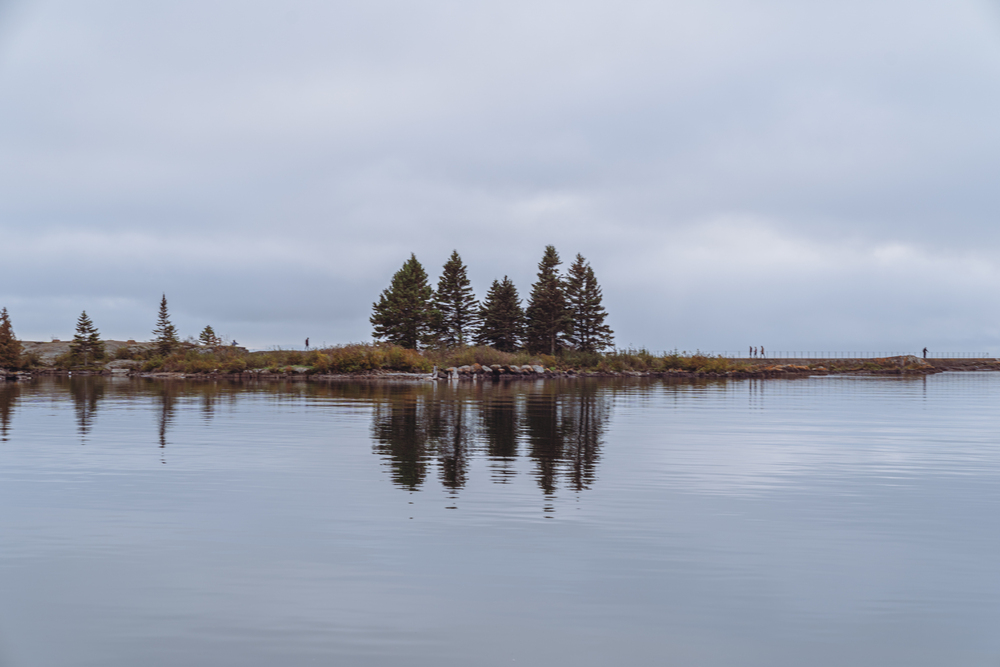
Situated on Lake Superior’s north shore, this artist community experiences lake-effect fog that can transform from thin wisps to complete whiteouts within minutes. The temperature differential between the frigid lake and warmer land creates perfect conditions for fog formation, particularly during spring and fall transitional periods. Harbor lights penetrating the mist create halos of diffused illumination that painters have captured in countless works displayed in the town’s numerous galleries.
Local restaurants serve fresh-caught fish paired with foraged ingredients that thrive in the misty microclimate unique to the Lake Superior shore. The lighthouse keeper’s log from the early 1900s documents fog so thick that residents navigated through town by remembering step counts between buildings.
Kodiak, Alaska
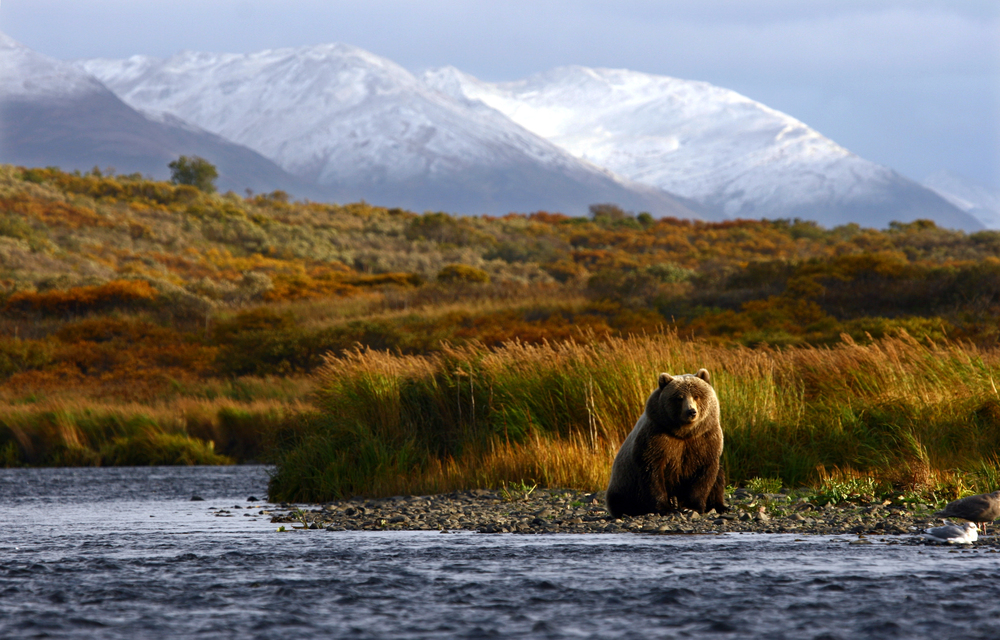
This island community experiences such persistent fog that flights are routinely canceled, creating a rhythm of life defined by marine layer patterns. Residents develop a specialized vocabulary for different fog types—from thin “cat’s paw” wisps to impenetrable “pea soup” densities that halt all maritime activities.
Commercial fishermen navigate through fog using a combination of modern electronics and traditional knowledge passed through generations of seafaring families. The unique quality of light filtering through fog creates optimal conditions for photographing the island’s famous brown bears as they fish for salmon in coastal streams. Local markets adjust their inventories based on fog forecasts, stocking extra supplies when conditions suggest planes may be unable to land for several days.
Like Travel Pug’s content? Follow us on MSN.
Port Angeles, Washington
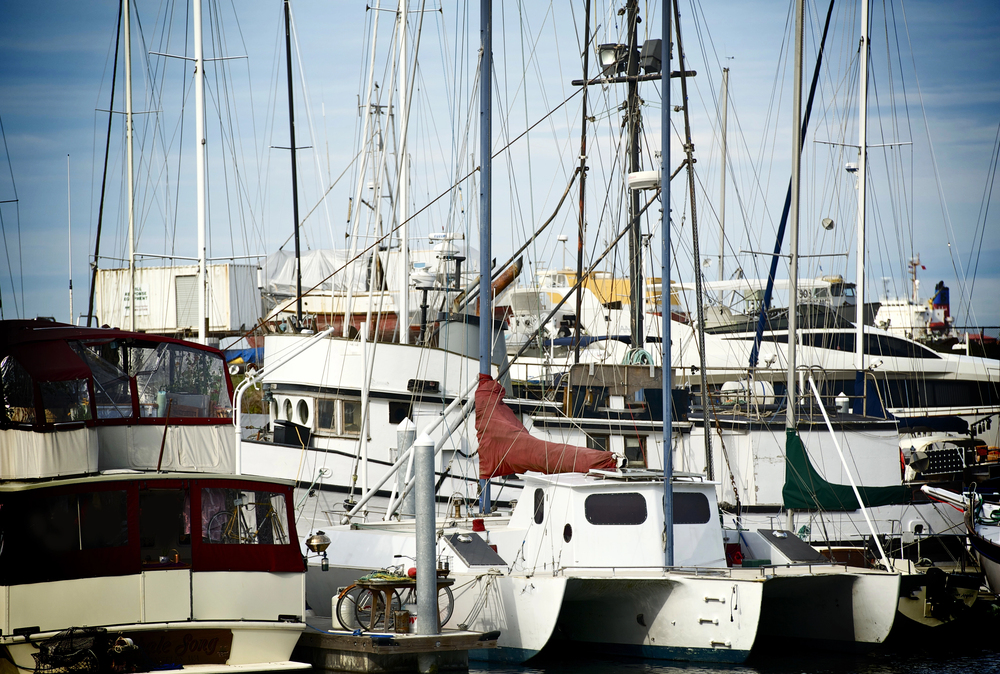
Nestled between the Olympic Mountains and the Strait of Juan de Fuca, this maritime community experiences dramatic fog formations when warm and cold air masses collide above the water. The harbor frequently disappears beneath a thick blanket while higher elevations remain clear, creating the surreal experience of driving from a complete whiteout into brilliant sunshine within minutes. Ferry captains have developed specialized knowledge of local fog patterns, navigating through layers that can vary dramatically in density and duration.
Residents have incorporated fog into local culture, with annual “Fog Fest” celebrations featuring photography contests and outdoor concerts where performers sometimes appear as merely shadows through the mist. Hurricane Ridge Road climbs 5,000 feet from foggy sea level to often clear mountain vistas, allowing visitors to experience multiple weather patterns in a single 45-minute drive.
Baie-Saint-Paul, Quebec
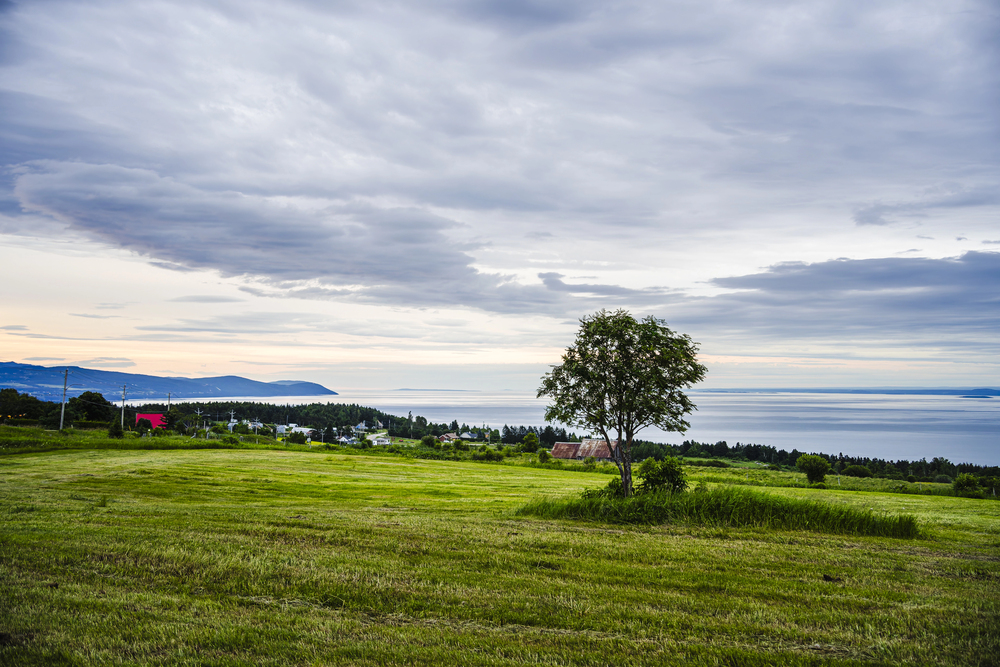
This French-Canadian town along the St. Lawrence River experiences spectacular fog formations when cold arctic air passes over the comparatively warm river waters. The phenomenon creates dramatic scenes as the historic church spires emerge from shifting mist while lower buildings remain completely shrouded. Local farmers have adapted their practices to the microclimate, growing specialized crops that benefit from the reduced sunlight and increased humidity provided by regular fog patterns.
Artists have flocked to the region for generations, drawn by the unique light conditions that transform ordinary landscapes into ethereal scenes worthy of exhibition. Winter brings “frost fog” when water vapor freezes instantly upon contact with surfaces, coating the entire town in tiny ice crystals that glitter when sunlight finally breaks through.
North Bend, Oregon

Situated where the Coos River meets the Pacific, this coastal town experiences such reliable fog that locals plan outdoor activities around its predictable daily rhythms. The Oregon Dunes National Recreation Area takes on an otherworldly quality when shrouded in mist, with massive sand formations appearing and disappearing as fog banks shift throughout the day. McCullough Bridge—an architectural landmark—frequently has its central span completely obscured while both ends remain visible, creating the illusion of a bridge that leads nowhere.
Commercial fishermen navigate through fog using a combination of modern technology and traditional knowledge, following unseen channels marked by buoys that announce their presence through distinctive bell tones. The town’s visitor center offers “fog calendars” showing the statistical probability of clear views throughout the year, helping tourists plan their visits according to desired atmospheric conditions.
Like Travel Pug’s content? Follow us on MSN.
Half Moon Bay, California
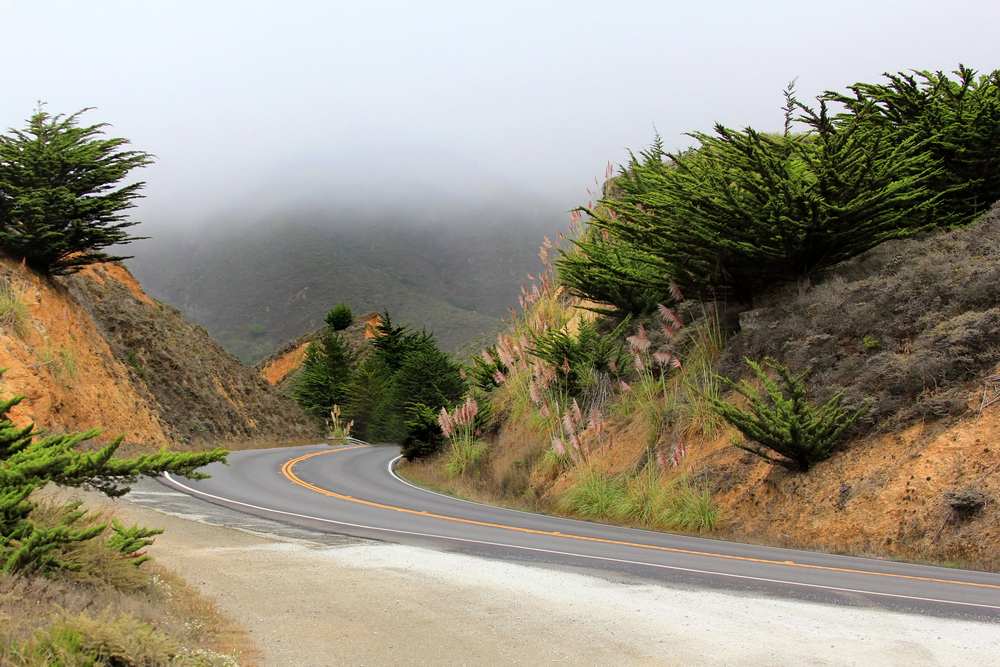
This coastal farming community experiences a microclimate perfectly suited for growing pumpkins, with summer fog providing natural air conditioning that allows the gourds to develop their characteristic size and color. Morning fog banks roll over coastal hills in waves, creating what locals call the “phantom ocean”—a flowing white surface that mimics the Pacific lying just beyond. Highway 1, passing through town, offers one of California’s most dramatic drives when fog fills the valleys while leaving hills exposed, creating islands of land in an ethereal white sea.
The town has embraced its foggy identity, with local businesses incorporating fog imagery in their branding and annual fog-themed photography competitions drawing entries from around the world. Surfers navigate to their favorite breaks by memory and sound when visibility drops, creating a sensory experience profoundly different from fair-weather wave riding.
Kenai, Alaska
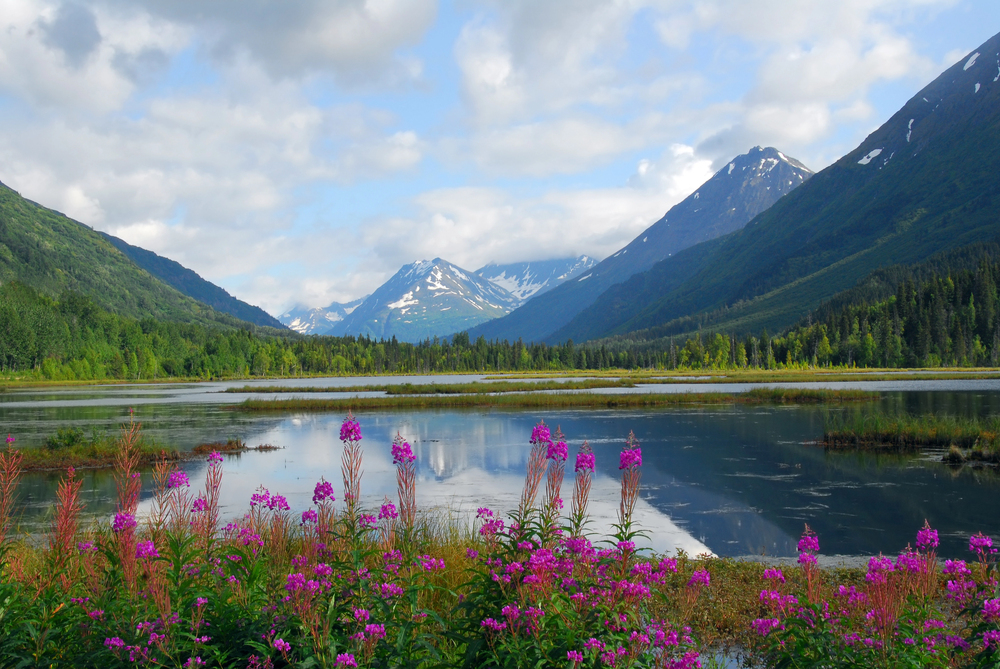
Where the Kenai River meets Cook Inlet, temperature differentials create fog banks that roll across the landscape like living entities, sometimes moving against the wind in defiance of expected patterns. Local pilots have developed specialized techniques for navigating through what they call “The Soup,” making this region a training ground for aviation fog procedures used worldwide. Indigenous Dena’ina people incorporated fog patterns into their oral histories, with stories explaining how Raven brought fog to help people hunt more successfully by concealing their approach from animals.
Commercial fishermen time their salmon runs according to fog patterns, using traditional knowledge that correlates specific fog behaviors with fish movement. The magnificent light conditions when fog begins to lift have made the area a destination for photographers seeking to capture fleeting moments when ordinary landscapes transform into something extraordinary.
Lubec, Maine
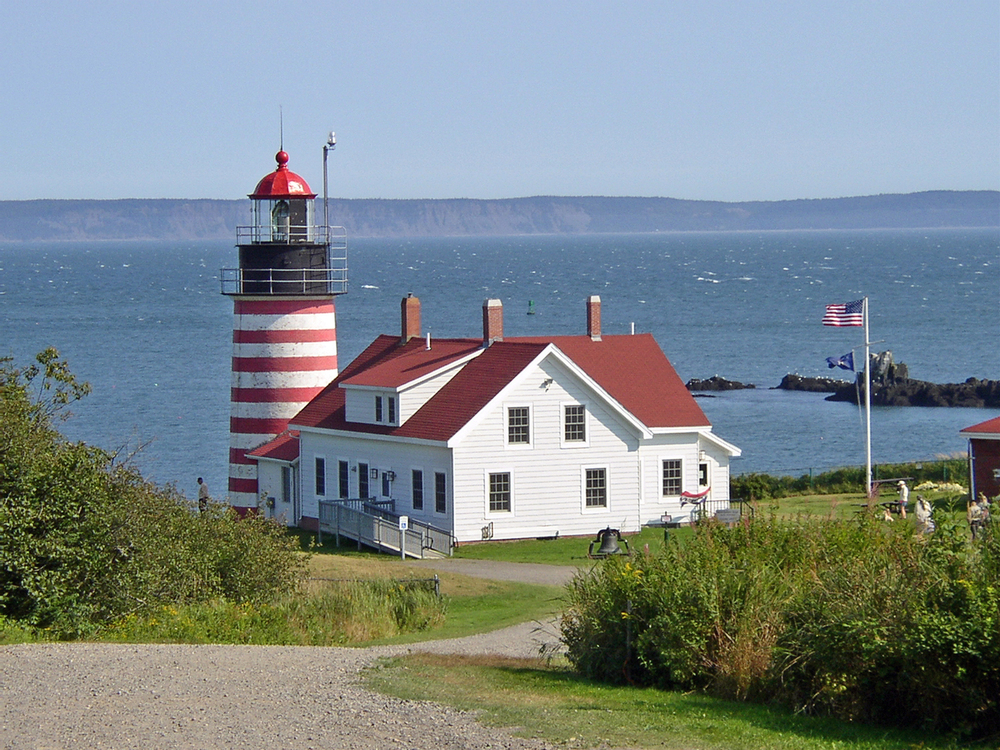
As America’s easternmost town, this fishing community experiences advection fog when warm Gulf Stream waters meet the cold Labrador Current just offshore. West Quoddy Head Lighthouse—with its distinctive red and white stripes—was specifically designed to remain visible through dense fog, with a powerful horn that sounds continuously during low visibility periods. The international bridge connecting Lubec to Campobello Island in Canada frequently disappears into fog while still carrying traffic, creating the surreal experience of driving into milky nothingness between two countries.
Local restaurants serve chowder and fresh-caught seafood on covered decks where diners can watch the fog roll in while staying warm and dry. The unique ecosystem created by persistent fog supports rare plant species found nowhere else in the region, attracting botanists who specialize in these unusual coastal microclimates.
Like Travel Pug’s content? Follow us on MSN.
Dillingham, Alaska
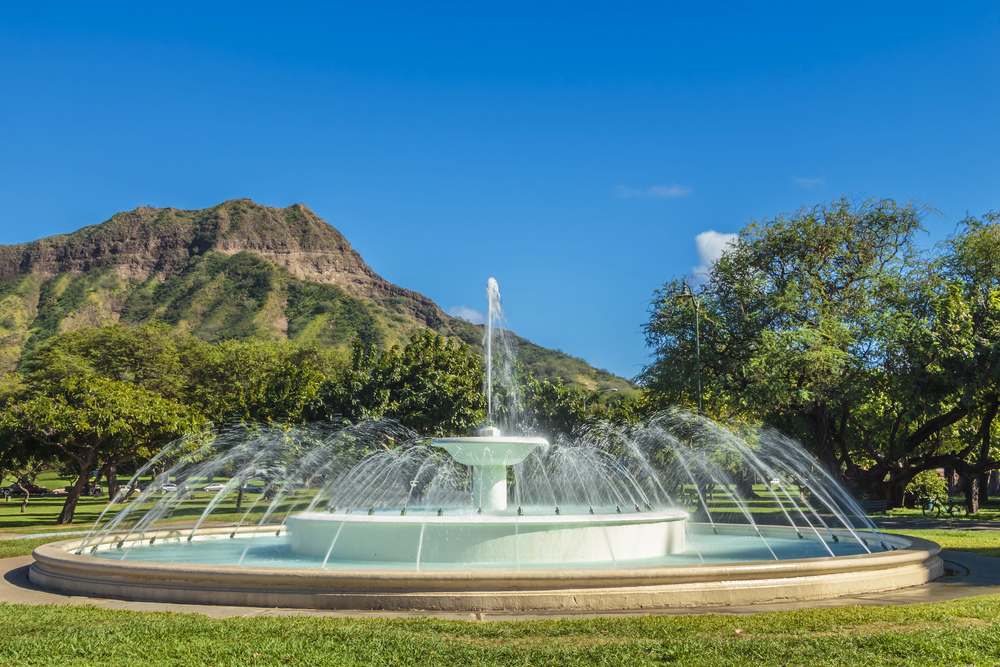
This remote Bristol Bay community experiences such dense fog during fishing season that boats sometimes tie together in chains to avoid becoming separated and lost. Local pilots have developed a saying—”If you can see the runway, it’s too windy to land,”—acknowledging the inverse relationship between fog and the strong winds that disperse it. Indigenous Yup’ik names for seasonal patterns include specific terms for different fog types, with hunters and gatherers making critical decisions based on subtle variations invisible to untrained eyes.
The town’s economy centers around salmon fishing seasons when fog creates additional challenges for an already dangerous profession, with experienced captains commanding premium wages for their ability to navigate through near-zero visibility. The community has incorporated fog into its cultural identity, with annual celebrations occurring regardless of visibility conditions, sometimes with performers merely sensed rather than seen by their audience.
Boothbay Harbor, Maine
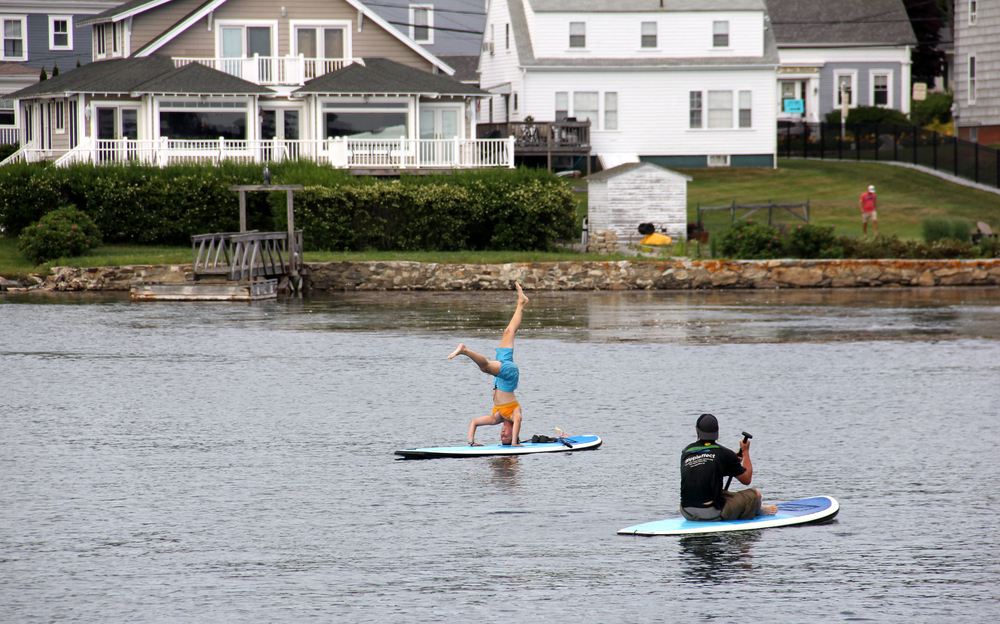
This historic fishing village transforms into a mystical seascape when summer fog rolls in, enshrouding the harbor while foghorns create a haunting soundtrack that carries across the water. The town’s maritime museum chronicles centuries of navigation techniques developed specifically for the region’s notorious fog conditions, including stories of lighthouse keepers who maintained critical fog signals before modern automation.
Local artists capture the unique quality of light during partial fog conditions when sunlight filters through in dramatic rays that painters call “God’s fingers.” Boat tour operators have developed specialized radar and GPS techniques that allow them to safely navigate through dense fog to view seals, puffins, and whales that seem to materialize like apparitions from the mist. The annual Fog Festival celebrates rather than bemoans the atmospheric condition that defines the region’s maritime character throughout the summer months.
Beyond the Mist

These fog-blessed communities demonstrate how distinctive weather patterns shape not just landscapes but cultures, traditions, and even local economies. From specialized navigation techniques to fog-inspired art movements, these towns have embraced what others might consider an inconvenience.
The transformative power of fog creates landscapes both mysterious and beautiful, reminding visitors that sometimes the most memorable views come not from what is revealed but what remains partially hidden. Each town offers a unique perspective on living with this ethereal weather phenomenon that turns ordinary places into something magical.
Like Travel Pug’s content? Follow us on MSN.
More from Travel Pug

- Cities Growing so Fast You Won’t Recognize Them in 10 Years
- 13 Destinations Where Tourists Regularly Regret Their Trip
- 16 U.S. Cities That Are Quietly Becoming Travel Hotspots
- Where to Travel If You Love Long Bus Rides and Daydreams
- 20 Cities Perfect for Solo Travelers Who Crave Adventure & Culture
Like Travel Pug’s content? Follow us on MSN.
